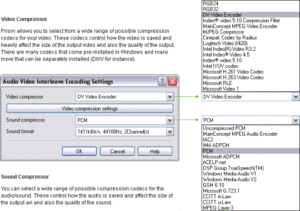
For vertical movement of the right eye (REV) and of the left eye (LEV), the recording of an upward deflection signifies upward movement. Eye movement directions are from the patient’s perspective looking forward. © 2006 Dillon, CO: Binoculus.ĭVD developing (LEV increasing markedly) when the left eye is covered. Changes in strabismus over time: the roles of vergence tonus and muscle length adaptation. Muscle length adaptation relieves vergence adaptation of excessive demands which would otherwise saturate neurologic firing rates, and thereby effectively resets vergence adaptation so that it can continue to function optimally in response to input from fast fusional vergence. Vergence adaptation frees up fast fusional vergence to be able to respond accurately to rapid changes in retinal image disparity. Each level of this marvelous three-stage feedback process works in the direction to ease the burden on the process that precedes it. Vergence tonus stimulates muscle length adaptation over a longer term, all of which reduce the retinal image disparity. Retinal image disparity ( center) elicits fast fusional vergence, which leads in the short term to vergence adaptation, which changes vergence tonus. ( B) When the right eye projections and left eye projections in Figure 4Aare connected with each other respectively, significant rotation of one eye movement pattern with respect to the other is evident, consistent with more than 20° of objective net fundus extorsion between the two eyes on fundus photographs.

Note that there is no sensory extorsion in any gaze position-the individual pairs of streaks are parallel. The patient also has esotropia (crossed eyes), with the projections crossing over one another to strike the wall, crossing more in down gaze than in up gaze, documenting the “V” pattern. The right eye is fixing at the standard grid coordinates in the plot on the left, and the left eye is fixing on those same coordinates in the plot on the right. The horizontal and vertical separation between adjacent dots in the grid represents 15 prism diopters of deviation. Pairs of lines: projection of the two eyes’ subjective vertical meridians onto the wall 1 m away: solid lines, right eye dashed lines, left eye.


( A) Lancaster red-green plots from an adult with overacting inferior oblique muscles and a large “V” pattern since childhood.


 0 kommentar(er)
0 kommentar(er)
